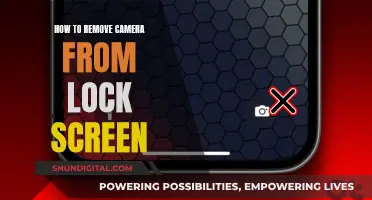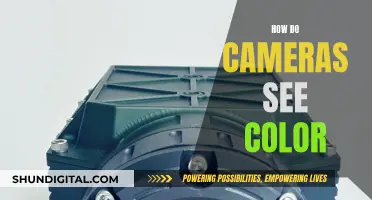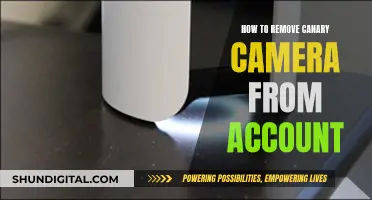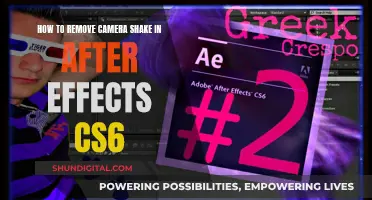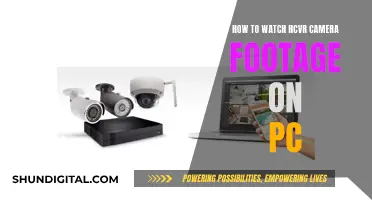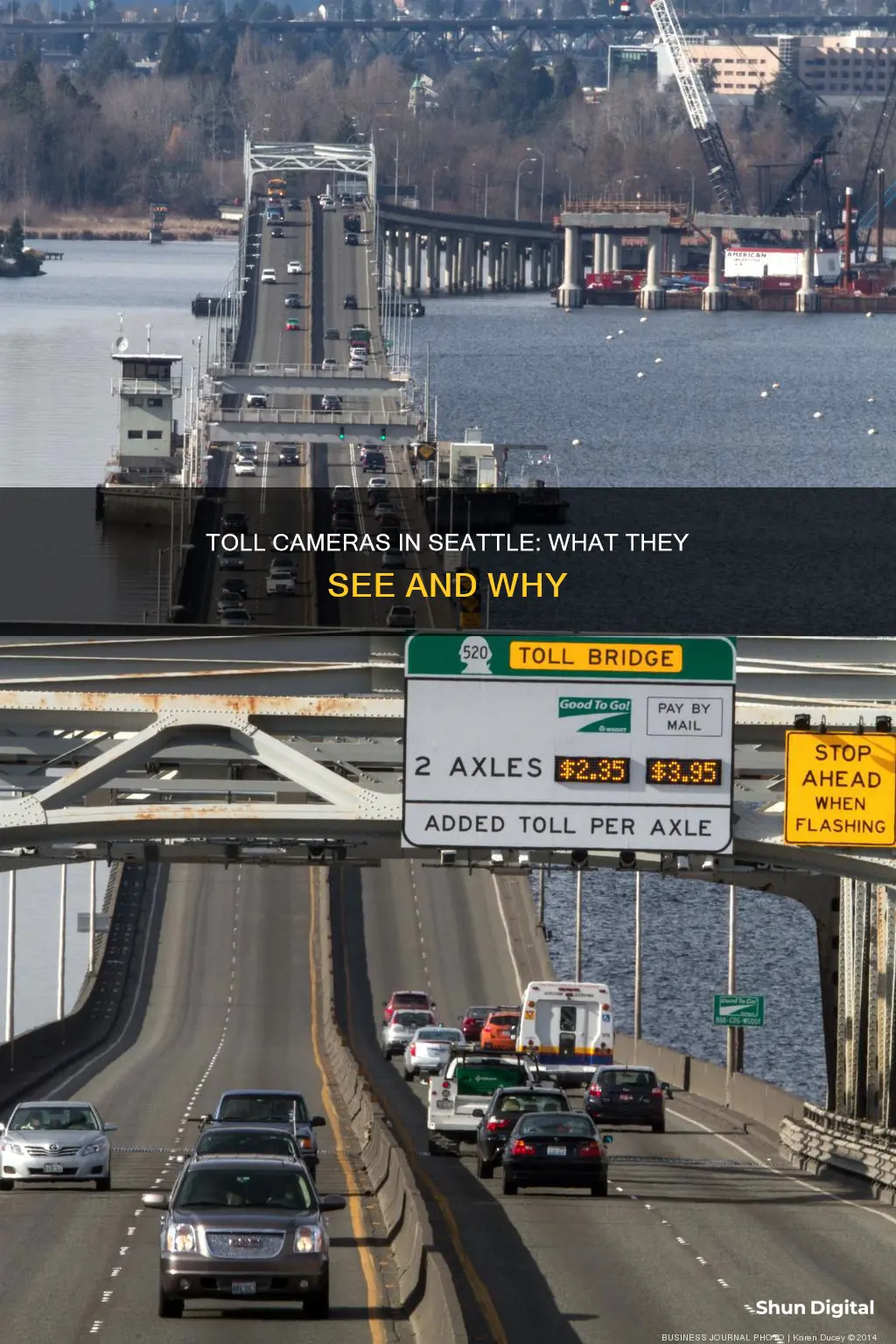
The City of Seattle uses red light cameras, speed cameras, and toll road cameras to enforce traffic laws and improve road safety. These cameras are strategically placed to discourage reckless driving behaviours such as running red lights or speeding. While traffic cameras do not issue tickets, red light cameras capture images of vehicles that run red lights and are located on the side or corner of intersections. Speed cameras detect and record vehicles exceeding the speed limit. Toll road cameras are also used to monitor traffic and enforce toll road regulations. Staying informed about the locations of these cameras can help drivers in Seattle avoid penalties and drive more responsibly.
| Characteristics | Values |
|---|---|
| Camera System | Axsis RLC-300 |
| Camera Resolution | High |
| Camera Type | Still, Colour Photo |
| Additional Components | Video Camera, Vehicle Sensing Device |
| Vehicle Sensing Device Function | Activates Still Cameras, Captures Video of Approaching Vehicles |
| Number of Citations Issued | 16,539 |
| Period | 12 Months |
| Images | Two Still Photos, One Cropped Image of Vehicle License Plate |
| Data Center | ATS Data Center |
| Data Center Function | Reviews Photos and Videos Against Criteria |
| Website | www.ViolationInfo.com |
What You'll Learn

Red light cameras in Seattle
In 2006, the City of Seattle initiated a 12-month pilot project to test the effectiveness of traffic safety cameras, also known as red light cameras, at selected arterial intersections. The purpose of the project was to determine the extent to which these cameras could reduce the frequency of red light running and associated collisions, which had become increasingly common in Seattle and across the country. The pilot project deployed six camera systems at four intersections, resulting in 16,539 citations issued over 12 months.
Based on the positive results of the pilot, the City approved a significant expansion of the program in 2008, 2009, and 2013, adding 25 new cameras at intersections across Seattle. The City considered four factors when choosing locations for the new cameras: right-angle crashes, serious pedestrian injuries, the frequency of red light running based on video observation, and geographic distribution. As of September 2013, Seattle has 31 "red light" traffic safety cameras operating at 23 different arterial intersections.
The Axsis RLC-300 camera system, used by the City's vendor, American Traffic Solutions, Inc. (ATS), has three components: a high-resolution camera for still colour photos, a video camera for a broader view, and a vehicle sensing device that activates the still cameras and captures video of approaching vehicles predicted to violate a red signal. The system only captures images of the vehicle from the rear, as Washington law prohibits taking pictures of the driver or occupants' faces.
When the red light enforcement camera takes a photo of a vehicle, the photos and videos are sent electronically to the ATS data centre. There, they are reviewed against criteria established by the Seattle Police Department (SPD). Events that are clearly not violations are rejected, while potential violations are forwarded to trained SPD officers for further review and authorisation of citations.
The City of Seattle's red light photo enforcement program aims to reduce pedestrian collisions and right-angle vehicle collisions at high speeds, which often result from running red lights. Studies have shown that these types of collisions have a higher risk of serious injury or death compared to other types of accidents. The State of Washington and the City of Seattle have adopted laws permitting automated camera enforcement of selected traffic safety statutes and ordinances.
Red light cameras have proven effective in Seattle and other cities, consistently reporting safer roads and fewer intersection collisions. The cameras are only activated when a vehicle runs a red light, and all intersections with red light cameras are clearly marked.
Galaxy Watch Camera Features: What You Need to Know
You may want to see also

How do red light cameras work?
In 2006, the City of Seattle began a 12-month pilot project to test the effectiveness of red light cameras in reducing the frequency of red light running and collisions. The pilot project deployed six camera systems at four intersections, and after 12 months, 16,539 citations were issued. Based on the positive results, the City approved the expansion of the program, and as of September 2013, there are 31 red light traffic safety cameras operating at 23 different arterial intersections in Seattle.
The red light camera system used in Seattle, the Axsis RLC-300, has three main components: a high-resolution camera for still colour photos, a video camera, and a vehicle sensing device. The high-resolution camera takes two photos: one of the vehicle behind the stop line with the red traffic signal and another of the vehicle beyond the stop line, also with the red signal. These photos, along with a cropped image of the vehicle's license plate, are included in the citation sent to the registered owner. The images only show the vehicle from the rear, as Washington law prohibits capturing images of the driver or occupants' faces.
The video camera provides a broader view of the offending vehicle and any other road users in the intersection. It captures video footage of approaching vehicles that the system predicts will violate the red signal. This video footage, along with the still photos, is available to police reviewers, court personnel, and the registered vehicle owner via a secure website.
Photos and videos of potential violations are sent electronically from the camera system to the data centre of American Traffic Solutions, Inc. (ATS), the City's red light camera vendor. At the data centre, the footage is reviewed against criteria established by the Seattle Police Department (SPD). Events that are clearly not violations are rejected, while those that appear to be violations are forwarded to trained officers in the SPD Traffic Section for further review and authorisation of citations.
Golf Ball Tracking: TV Cameras' Secrets Revealed
You may want to see also

What happens after a red light camera takes a photo?
In Seattle, after a red light camera takes a photo, the images and videos are sent to the ATS data center, where they are reviewed against the criteria established by the Seattle Police Department. If the footage clearly does not show a violation, it is rejected at the data center. If it appears to be a violation, the information is forwarded to trained officers in the SPD Traffic Section, who will either reject or authorize the issuance of a citation.
If a citation is authorized, the registered owner of the vehicle will receive a notice of infraction (NOI) in the mail within 14 days of the violation. This notice will include two photos: one of the vehicle behind the stop line with the red traffic signal in the image, and another of the vehicle beyond the stop line, also with a red signal. A cropped image of the license plate will also be included. These photos, along with a video clip of the incident, are available to police reviewers, court personnel, and the registered owner via a secure website. Per Washington state law, the photos and videos will only show the vehicle from the rear, and will not show the face of the driver or any occupants.
Upon receiving a notice of infraction, there are three options for payment: by check or money order through the mail, online via the Seattle Municipal Court website, or in person at the Court Payment Office. If you wish to contest the ticket, you can request a mitigation hearing or a contested hearing, or submit a declaration of non-responsibility. A mitigation hearing acknowledges that the infraction was committed but seeks to have the court reduce or waive the penalty; a contested hearing requires the city to prove by a preponderance of evidence that the infraction was committed; and a declaration of non-responsibility can be submitted if the vehicle was not in your care, custody, or control at the time of the violation.
It's important to note that a photo-enforced violation is treated like a parking infraction in Seattle. There are no issues with your driver's license, no points assessed, and no impact on your insurance.
Building a Spy Camera: Transforming Your Smart TV
You may want to see also

Where are the red light cameras in Seattle?
In 2006, the City of Seattle launched a 12-month pilot project to test the effectiveness of traffic safety cameras, also known as red light cameras, at selected arterial intersections. The purpose of the project was to determine how effective these cameras were in reducing the frequency of red light running and associated collisions.
After the successful completion of the pilot project, the City approved a significant expansion of the program in 2008, 2009, and 2013, involving the addition of 25 new cameras at intersections across Seattle. As of September 2013, the City has 31 "red light" traffic safety cameras operating at 23 different arterial intersections.
The locations of the red light cameras in Seattle are as follows:
North Seattle
- EB NE 45th St & Roosevelt Way NE
- EB NW Market St & 15th Ave NW
- WB NW Market St & 15th Ave NW
- SB 15th Ave NW & NW 80th St
- SB Stone Way N & N 40th St
- NB Aurora Ave N & N 85th St
- EB NE 80th & 5th Ave NE
- NB 11th Ave NE & NE 45th St
Central Seattle
- SB 6th Ave & James St
- EB Spring St & 5th Ave
- EB Denny Way & Fairview Ave N
- WB Denny Way & Fairview Ave N
- NB Broadway E & E Olive Way
- EB E Olive Way & Broadway E
- SB Boren Ave & James St
- NB Boren Ave & Pike St
- NB 9th Ave & James St
- SB 23rd Ave E & E John St
- NB 6th Ave & University St
South Seattle
- NB Rainier Ave S & S Orcas St
- SB Rainier Ave S & S Orcas St
- EB S Cloverdale St & 14th Ave S
- WB SW Avalon Way & 35th Ave SW
- SB 35th Ave SW & SW Thistle St
- NB Rainier Ave S & S Massachusetts St
- WB S McClellan St & MLK Way Jr Way S
- SB MLK Way Jr S & S McClellan St
- NB MLK Way Jr S & S McClellan St
- NB MLK Way Jr S & S Othello St
- WB Othello St & MLK Way Jr S
These are the only red light photo enforcement cameras within the City of Seattle. It is important to note that the Seattle Department of Transportation also maintains several traffic cameras that are often mistaken for photo enforcement cameras.
Exploring Tesla's Cabin Camera: A Step-by-Step Guide
You may want to see also

What are the payment options for a red light ticket?
In Seattle, WA, the police department uses cameras to enforce stopping at red lights to prevent accidents. These red-light cameras are placed at selected arterial intersections. If a vehicle is detected running a red light, the registered owner of the vehicle will receive a ticket or a citation, also known as a notice of infraction (NOI).
If you receive a red-light ticket in Seattle, you have three payment options:
- Send a check or money order in U.S. funds, payable to Seattle Municipal Court, for the amount due, on or before the due date. Include the enclosed coupon with your payment and write your Notice # and license plate # on the check or money order. Do not mail cash.
- Pay through the internet on or before the due date at www.seattle.gov/courts/ticketinformation.htm or through the automated payment system accessible from any touch-tone telephone at (206) 233-7000.
- Pay in person on or before the due date at the Court Payment Office on the 1st floor of the Seattle Municipal Court Building, 600 Fifth Avenue, Seattle, WA. A payment box is available after hours for your convenience.
It's important to note that you must respond to the ticket on or before the date shown on the ticket. Additionally, a photo-enforced violation is treated like a parking infraction and will not affect your license or insurance.
The Future of Photography: See-Through Cameras
You may want to see also
Frequently asked questions
In Seattle, Washington, toll cameras, also known as red light cameras, capture still, colour photos of vehicles, and video footage of vehicles, pedestrians, or cyclists in the intersection. The stills show the vehicle behind the stop line with the red traffic signal in the image, and the same vehicle beyond the stop line with the red traffic signal still showing.
After a red light enforcement camera takes a photo of a vehicle, the footage is sent electronically to the ATS data centre. There, the footage is reviewed against the criteria established by the Seattle Police Department. Events that are clearly not violations are rejected, and those that are deemed potential violations are forwarded to SPD where trained officers review and either reject or authorise the issuance of citations for speed violations.
A photo-enforced violation is treated like a parking infraction. There are no issues with your license, no points assessed, and no impact on your insurance.


